The Alpha Formula: High Powered Strategies to Beat the Market with Less Risk
$19.99
| Author(s) | , |
|---|---|
| Format |
|
| Pages |
136 |
| Publication Year |
2019 |
The Alpha Formula: High-Powered Strategies to Beat the Market with Less Risk by Chris Cain and Laurence A. Connors presents a data-driven approach to modern trading designed to help traders consistently outperform while reducing exposure to unnecessary risk. Built on extensive quantitative research and practical application, this book introduces strategies that balance strong returns with disciplined risk management—an essential combination for long-term success in volatile markets.
Cain and Connors emphasize the importance of rule-based systems over guesswork or emotional trading. Readers are guided through strategies that have been thoroughly tested across decades of market data, revealing how small statistical edges can compound into significant gains. Each method is explained clearly, with an emphasis on why it works and how to apply it, giving traders confidence to implement the techniques in real market environments.
Unlike many trading books that chase “home runs,” The Alpha Formula highlights the power of consistent, repeatable strategies that prioritize capital preservation. The authors demonstrate how to exploit market inefficiencies, identify high-probability setups, and manage trades with precision. By focusing on edges that have endured over time, the book provides a roadmap for building strategies that withstand changing conditions without relying on subjective judgment.
The work also underscores the value of risk-adjusted performance. Instead of measuring success by raw returns alone, Cain and Connors show how reducing drawdowns and managing volatility leads to more sustainable wealth growth. The inclusion of actionable examples and backtested results ensures readers can adapt the concepts directly into their own trading plans.
Written by two respected voices in quantitative trading, this book appeals to both professionals seeking an edge and serious individual traders determined to refine their craft. Clear, methodical, and practical, The Alpha Formula is more than just a collection of strategies—it is a disciplined framework for trading smarter, safer, and more profitably in today’s markets.
Contents:
- If I Lose This Account Chris, I’m Going to F***ing Kill You!!!
- Welcome to The Alpha Formula
- Why Trend Following Works
- Why Mean Reversion Works
- Rising Assets Strategy™
- Connors Research Weekly Mean Reversion Strategy
- Connors Research Dynamic Treasuries™
- ETF Avalanches
- Introducing The Alpha Formula Portfolio
- The Alpha Formula – A Better Solution to Money Management
The Alpha Formula: High Powered Strategies to Beat the Market with Less Risk By Chris Cain, Larry Connors pdf
10 reviews for The Alpha Formula: High Powered Strategies to Beat the Market with Less Risk
Clear filtersOnly logged in customers who have purchased this product may leave a review.

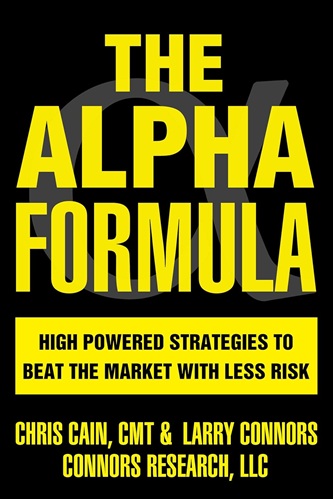
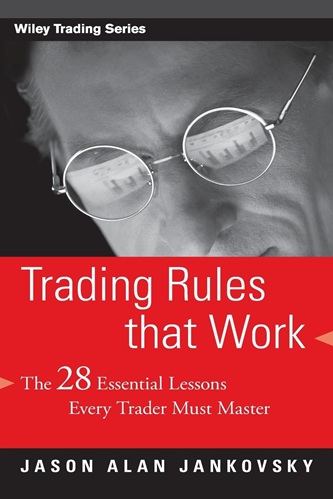
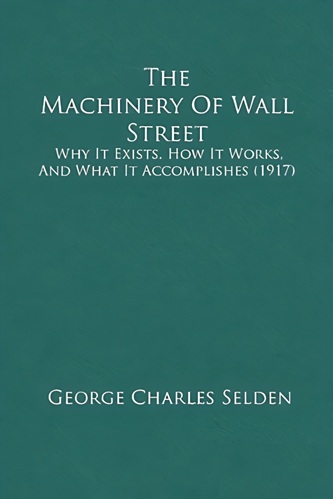
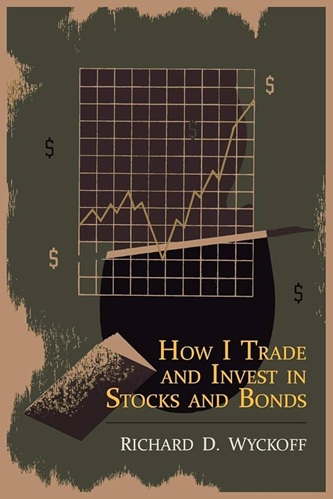
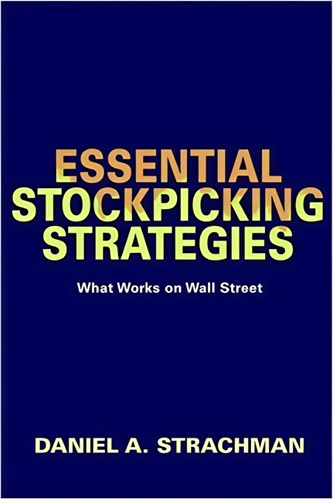
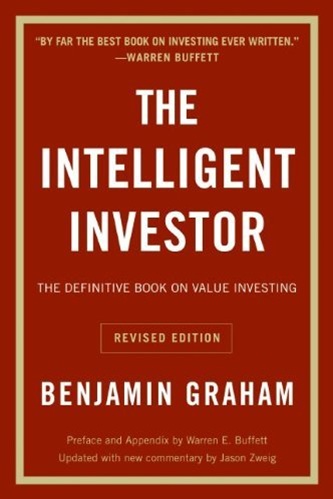
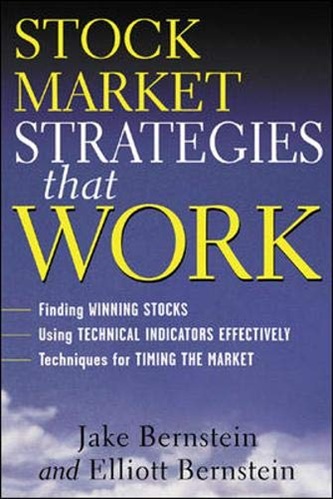

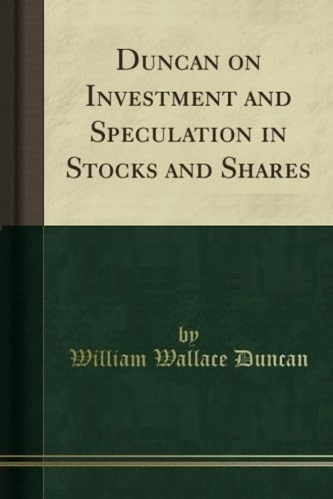
Shiloh Russell (verified owner) –
Backtests up to end of 2018 only. There are not many strategies discussed
Erik Banks (verified owner) –
If you do not have an ongoing process to improve your investment results you will not reach your financial goals. The Alpha Formula is an integrated process that incorporates what counts for finding solid, consistent opportunities in the investment universe. Well worth the time to study and the price is inconsequential compared to the benefits.
Cali Mullins (verified owner) –
very readable
Nathanael Goodwin (verified owner) –
I am surprised that with no leverage the author’s backtest result shows only an 8% return versus SP500 index’s 7% return. However, with a 50% leverage, the return went up to 11.5%. Since leverage is rarely suitable for retail investors, the author’s strategies might be good only for institutional investors, who might have their own algo trading systems anyway.
In fact, I use the models introduced in the book “Forecasting and Timing Markets: A Quantitative Approach,” and so far achieved an over 30% net profit with over 20 symbols, with zero leverage. One can simply use one’s iPhone or iPad with Yahoo Mobile App to check and follow the indicators elaborated in the book. In general, there are no bullet-proof or versatile strategies or models, though. So one should be satisfied as long as his/her performance is comparable to or above the market indices. It is possible to beat the market if a list of the strongest symbols, say, choosing top 30 or so from NASDAQ or SP500’s past year’s performance, is selected.
Allen O’Connor (verified owner) –
Well written and thought out strategies for any environment. Ease of use is also very important and a majority of the strategies can be implemented using any platform. Concepts are all easy to understand and spoken in basic terms, which is super helpful for any experience level. Highly recommended for anyone wanting to use for risk-defining strategies.
Leonel Garcia (verified owner) –
The idea of 4 non-correlated strategies to garner robust returns is terrific, as is the approach of capital utilization lasting days or weeks as opposed to years. But after all is said in done, “The Alpha Formula” provides a return of about 11% annualized, and that is with high-maintenance (ie. strategies requiring high-frequency trading) and leverage.
If we’re really serious about capturing alpha, shouldn’t readers question the wisdom and utility of a pretax 11% return requiring leverage and a great deal of work? The hidden absurdity is that in back-testing “The Alpha Formula Strategy”, with returns of 11% against owning an index position in the S&P 500, short-term taxation eats up all “The Alpha Formula”‘s alpha. Another caveat: The 11% return quoted in the text is conveniently based on non-taxable returns only since the Great Recession, one of the greatest bull runs in history. We really don’t know how the strategy performs in prolonged bad periods, but we are told that one of the two bear market strategies –a defensive bond strategy– generates returns of a bit over 2% annualized, which is not especially compelling. The other bear market strategy is a complicated short-sale common-stock approach which will require a great deal of the reader’s attention to execute.
All told, the purported alpha here is high-maintenance, minuscule and a bit of a let down amidst the rather aggressive sales pitch that accompanies this book.
Regarding the generally high ratings here, the author encourages his seminar students to leave favorable reviews on Amazon and I suspect the reviews are accordingly somewhat inflated.
Amelia Escobar (verified owner) –
Enjoyed thoroughly. One of the few times I’ve picked up a book and had most of my questions answered by the time I’ve finished it. Specifically as it relates to the rationale and steps behind the strategies that are presented. I would likely put this in the category of books that I will read more than once/come back to. Gives about as clear a “peek behind the curtain” as I think you’ll find, which is increasingly rare. Would recommend.
Charli Beard (verified owner) –
This was an interesting and insightful read, introducing concepts I never heard discussed before.
I never heard of structuring portfolios bases on First Principles or inherent truths, but it makes a ton of sense. I also love the behavioral explanation of both short-term mean reversion and longer-term trend following, I have also long believed that human (mis)behaviors are behind these market tendencies.
The strategies are relatively simple, economically logical and most importantly have worked on a historical basis. All rules and backtests are shown.
These strategies will make any trader better.
Anais Shelton (verified owner) –
One of the challenges facing algorithmic trading systems, especially those with Artificial Intelligence or Machine Learning (AI / ML) components, is the ability to explain the results. If you cannot explain why a system placed (or did not place) a trade, it is difficult to determine whether the algorithm will work in the future.
In The Alpha Formula, the authors clearly present the principles behind their approach to algorithm design. They clearly present the specific steps required to implement each of the four algorithms described in the book. They provide detailed performance data, which can be confirmed either by writing your own code or purchasing the code from Connors Research.
I purchased the code and ran the algorithms on Quantopian.com, then ran the backtest results through Quantopian’s backtest performance analyzer. I can confirm the results.
In addition to the clarity of their presentation of each algorithm, the authors make another valuable contribution: they show the value (again with detailed results) of employing a portfolio of strategies. As they write, Ray Dalio has recommended this, but The Alpha Formula makes the value of this recommendation concrete by showing specific algorithms and the results of combining them into a portfolio.
I think any algorithmic trader would benefit from reading this book and applying the approaches presented (developing from first principles and diversification of strategies) to their own work.
Weston Benton (verified owner) –
Strategies by Connors Research have always been effective, easy to follow, and simple to implement. And while I enjoyed previous Connors books, I also had some criticism with these. The Alpha Formula is on an entirely new level: It features a new style of writing and a more diversified approach to trading.
NEW STYLE OF WRITING
The Alpha Formula’s new style of writing is a considerable improvement over previous books by Connors Research. In particular, I appreciate the following changes:
• More detailed results. All strategies presented include comprehensive metrics and detailed charts. Further, the book discusses the backtested results, points out key findings, and puts the strategies into a broader context.
• Context and background. A larger part of the book focuses on behavioral finance, why prices behave the way they do, and why trend following and mean-reversion work. This context is used throughout the book to show how the various strategies interact with each other.
MORE DIVERSIFICATION
Many books on trading strategies only provide a collection of loosely related strategies. The Alpha Formula is different:
• First, it presents four individual strategies, which are very different in nature and designed to work together in unison. While none of the strategies are ground-breaking in itself, they are all solid.
• Then, the book constructs the Alpha Portfolio from these individual strategies. A portfolio diversified in asset classes, methodology, time frame, and market condition. This portfolio delivers smooth returns with a low risk profile over a wide array of market situations.
VERDICT
In summary, The Alpha Formula appeals equally to readers looking for a strategy they can use out of the box, as it does to quant developers looking to jump start their development. I consider The Alpha Formula a must-read for anybody interested in quantitative trading, and the best trading-related book I read in a while.